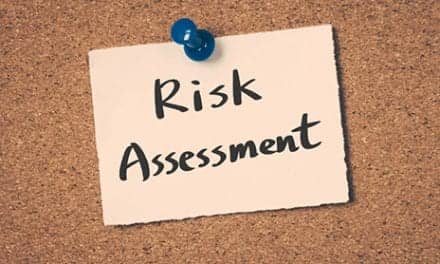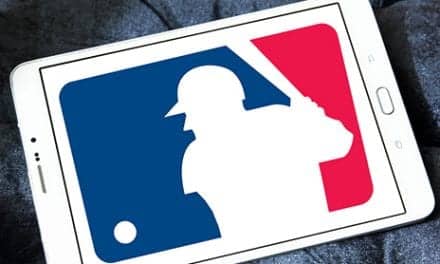Music therapy, combined with physical therapy, may be able to help improve the upper body function in children with severe cerebral palsy, according to researchers.
The rhythm produced by musical instruments can help optimize several aspects of motor control such as synchronization of movement and control over muscle activation patterns, researchers suggest, in a news story from Cerebral Palsy News Today.
Researchers evaluated music therapy’s impact during a 32-week study conducted at the La Cruz Roja Cerebral Palsy Center in Valencia, Spain. The study included 18 children with severe bilateral cerebral palsy.
For the first 16 weeks, nine children underwent standard physical therapy plus music therapy, and nine children received standard physical therapy alone.
The groups switched for the remaining 16 weeks.
The music therapy sessions occurred once a week and included a team of two music therapists. The children played small percussion instruments, a Spanish guitar, a keyboard, and drums during the sessions.
For 10% of each session, children were asked to interact with the instruments to generate rhythmic music patterns alongside music played by the therapists. Afterward, they were asked to perform specific repetitive tasks with the instruments with increasing difficulty. These tasks were designed to stimulate and guide movement while challenging upper body muscles, per the news story.
“The music was always live and customized according to each patient’s needs and preferences,” the researchers wrote in the study, published recently in the European Journal of Physical and Rehabilitation Medicine.
In the beginning, researchers did not find significant differences in motor function between the two groups. During the study, no changes were reported in the control group in any of the evaluated features.
But after completing 16 weeks of treatment, children in the intervention group showed significant improvements in locomotor function and in the “arm and hand position” and “activities” sections of the Chailey Levels of Ability test. This test assesses the functional skills of children with severe cerebral palsy.
Although not significantly, other domains including “load-bearing,” “head movement,” and “leg position” also showed improvements when compared to initial scoring. These positive effects were found to persist for more than 4 months after music therapy had been discontinued and the children only performed standard physiotherapy.
“Optimized and combined intervention of therapeutic instrumental music performance can improve the upper-limb function in children with severe bilateral CP,” the authors write.
“Music therapy is a useful tool in rehabilitation and its positive effects remain four months after completing the treatment,” they add.
[Source: Cerebral Palsy News Today]





